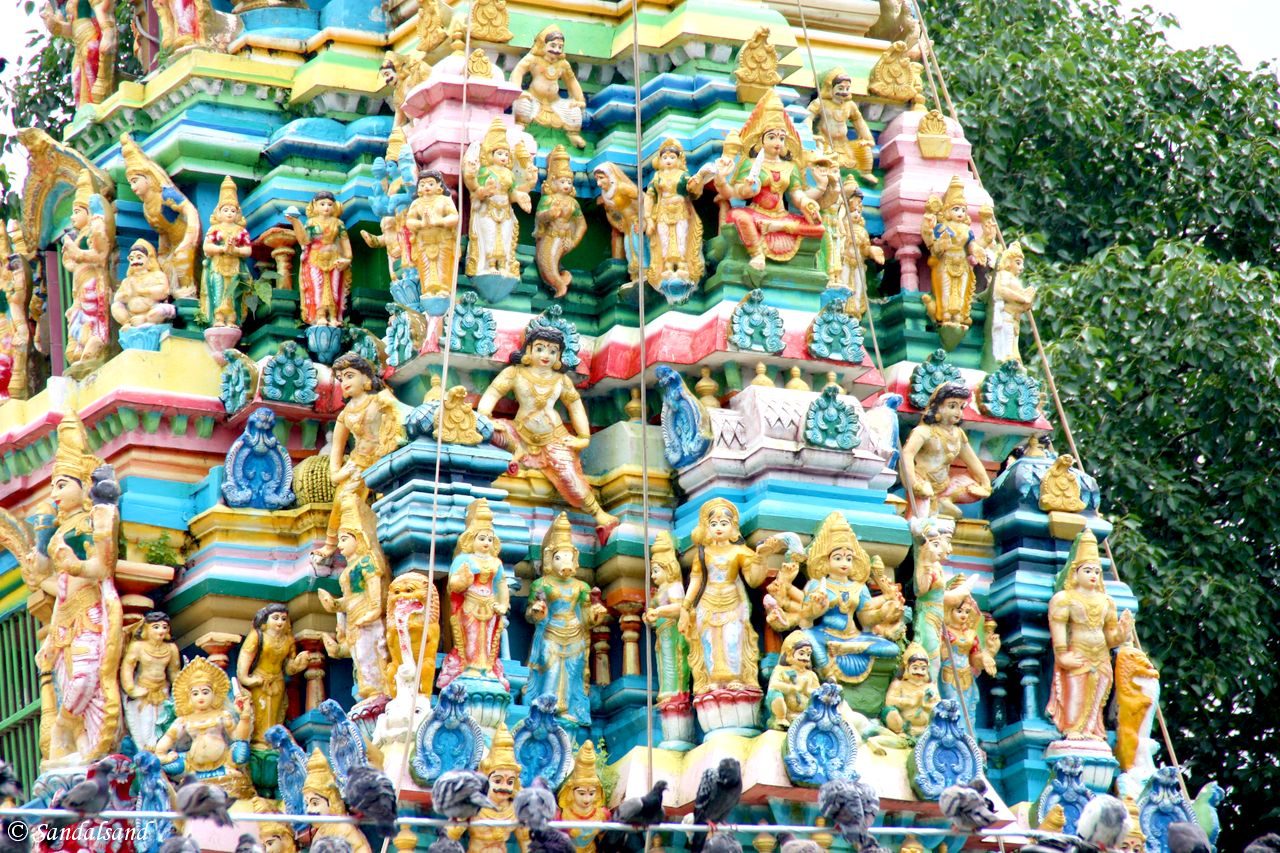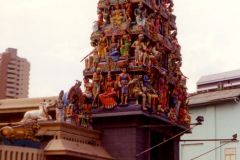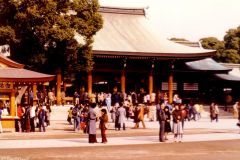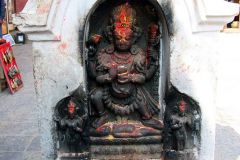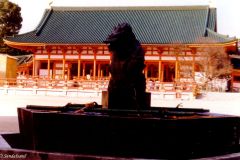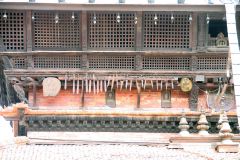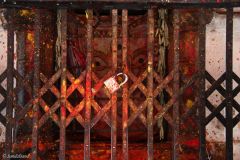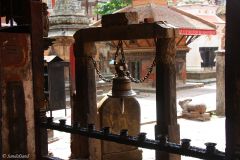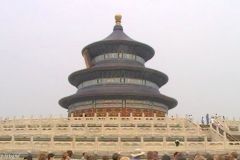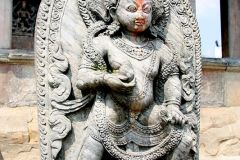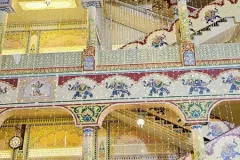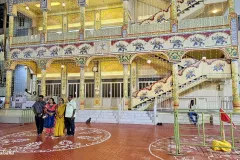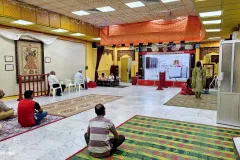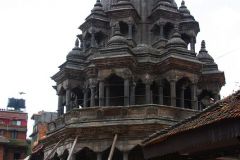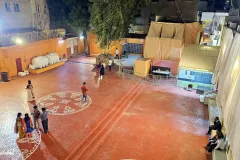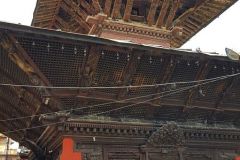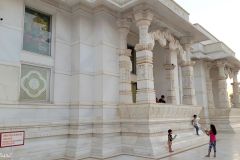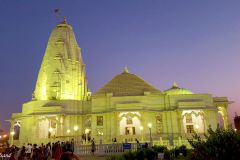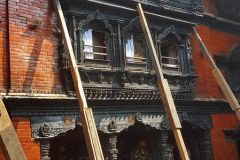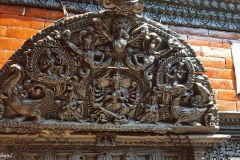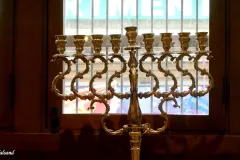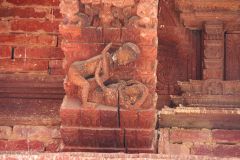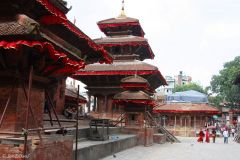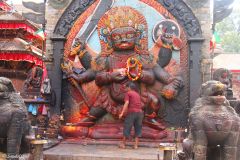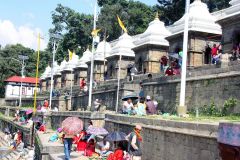This chapter finishes the presentation of contemporary religions with a look at Shinto, Tao, Hindu and Jewish places of worship.
Shintoism
Shintoism is the indigenous religion or spirituality of Japan. An estimated 80-90 % of the Japanese are Shintoist. However, the number of practitioners may not be that high. Shintoism, the way of the spirits (kami), dates back to 8th century. The kami may be ancestral spirits, but also animals and some kind of deities. A kami is an elevated being.
Shinto temples are usually called shrines. Private homes have small shrines or altars called kamidanas. The shrine’s most important building is generally used to house (enshrine) the sacred objects of kami. There may be other structures next to the main shrine as well. There is no worshipping at this central building.

Taoism and Confucianism
Confucianism and Taoism are both ancient Chinese styles of living (source).
Confucianism believes in setting good examples for others to follow. This holds true primarily in five key relationships. Ruler and subject, wife and husband, older and younger sibling, friend and friend, father and son.
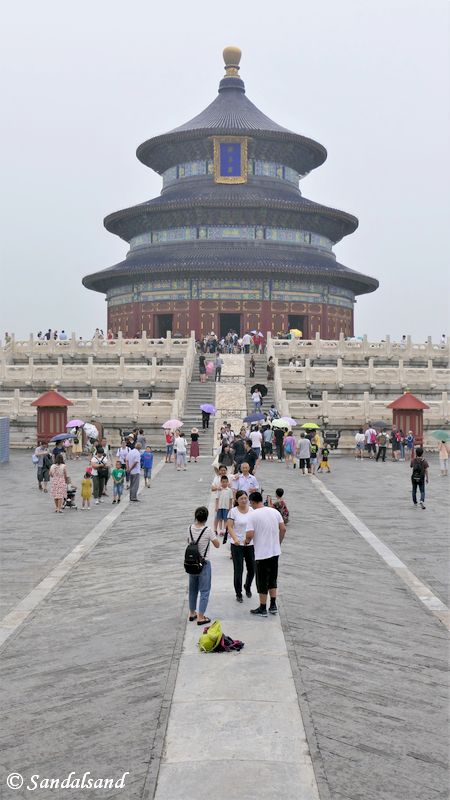
Taoism, aka daoism, is a way of living. There are not many rules and the followers believe in the dialectical philosophy of inaction.Through nature and harmony you can be happy. This is where yin and yang come from. Taoism is a religious-philosophical system with a special understanding of Tao (meaning Way). Taoism is about the fundamental nature of the universe.
A good traveler has no fixed plans, and is not intent on arriving. (Lao Tzu)
When I visited the Taoist Temple of Heaven in Beijing I noticed how some followers would perform Chinese calligraphy with water on stone. The symbols would evaporate and disappear in a matter of seconds, evoking the ephemeral nature of physical reality.
Walking ten thousand miles of the world is better than reading ten thousand scrolls. (Chinese Proverb)
Hinduism
This religion is the dominant religion of India and Nepal. There are a number of other temples outside the Indian subcontinent, due to Indian emigration. I cannot remember ever being inside an active Hindu temple, but I have seen the beautifully adorned gates on the outside, like in Singapore and Yangon. The featured image of this article is from the Sri Kali Hindu Temple in Yangon.
Hinduism is a very complex religion with a complex background. It does not have a unified structure, and there are a number of gods and goddesses. A temple is usually dedicated to one presiding deity and other deities associated with the main deity. This deity is often represented by a statue (murti).
The huge and magnificent Angkor temple complex in Cambodia was actually built as Hindu temples, but later changed into a Buddhist place of worship.
Judaism
This series about religious buildings has one important limitation. I am including only pictures of places of worship I have been to myself. Judaism, one of three Abrahamic religions, exercises its worship of God in synagogues. My experience of visiting a synagogue is limited to Krakow and Yangon.
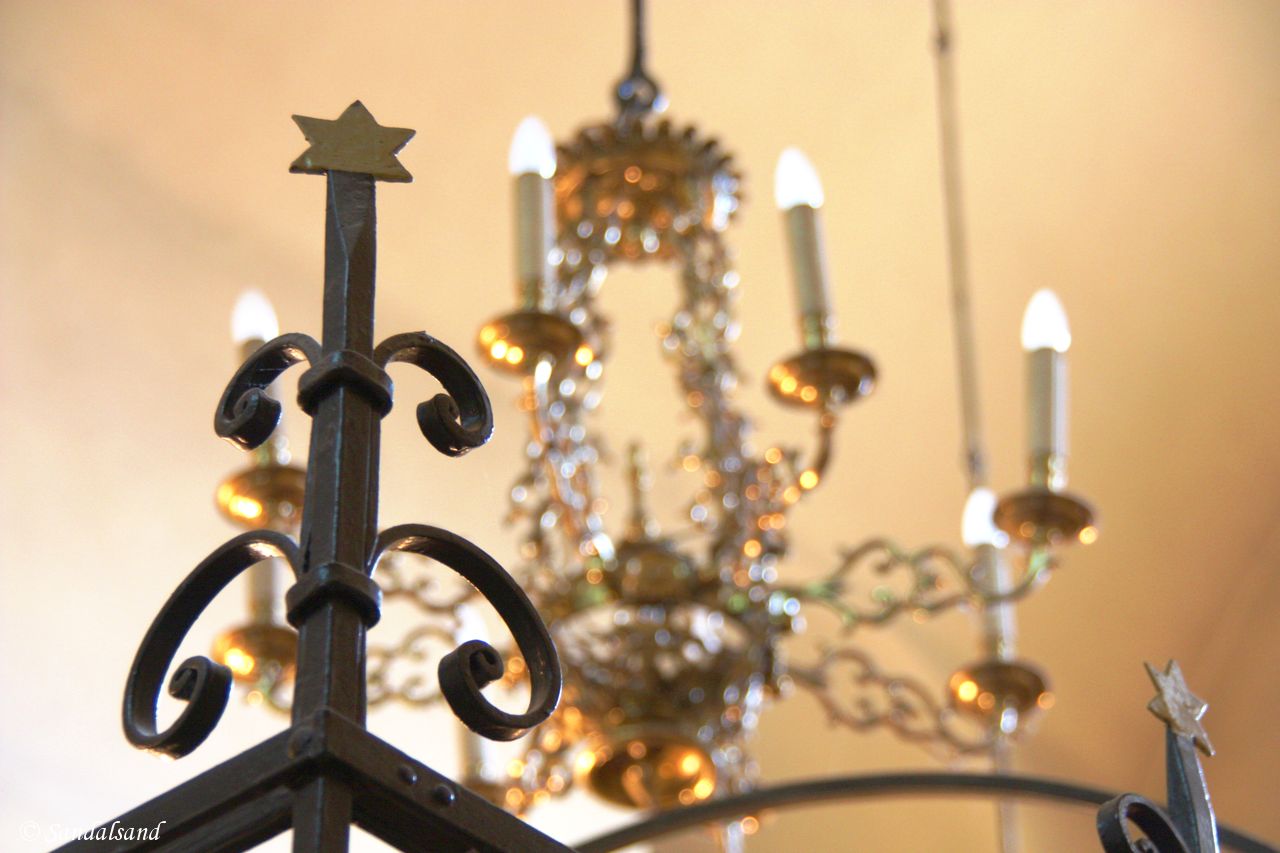
On the other hand I have also visited the perhaps most important place of worship in Judaism, the Wailing Wall in Jerusalem. This is the only remaining part of King Herod’s ancient temple on Temple Mount.

Read more
Articles about religious buildings:
(1) Introduction
Theme I, Places of worship:
(2) Christian places of worship
(4) Buddhist places of worship
(5) Other contemporary places of worship
(6) Places of worship for extinct religions
II, Monasteries and educational institutions (chapter 7) Read
III, Housing for the deity itself or its premier representatives (chapter 8) Read
IV, After death (chapters 9-12) Read the first
Watch my images from the aforementioned places of worship:
